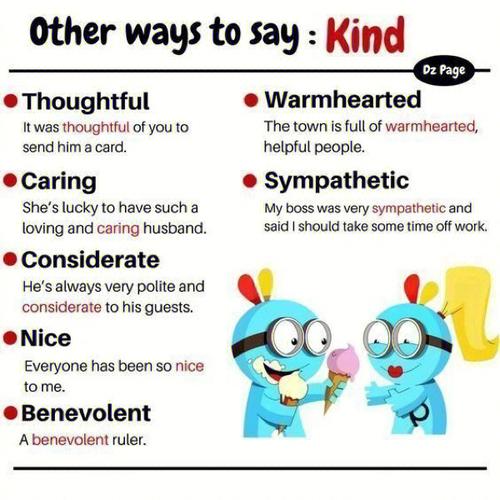Understanding Sympathetic Tone: A Detailed Guide for Effective Communication
Have you ever found yourself in a situation where you wanted to convey empathy and understanding but struggled to find the right words? Sympathetic tone is a crucial aspect of effective communication that can make a significant difference in how your message is received. In this article, we will delve into the intricacies of sympathetic tone, exploring its definition, importance, and practical ways to incorporate it into your conversations.
What is Sympathetic Tone?

Sympathetic tone refers to the emotional quality of your voice or written words that conveys empathy, understanding, and compassion. It is the ability to connect with others on an emotional level, acknowledging their feelings and experiences. A sympathetic tone can be conveyed through various means, such as the choice of words, tone of voice, facial expressions, and body language.
Imagine you are talking to a friend who just lost their job. Instead of saying, “Well, it could be worse,” which might come across as insensitive, you could say, “That must be really tough for you. I’m here to support you through this difficult time.” The latter example demonstrates a sympathetic tone by acknowledging the friend’s feelings and offering support.
Importance of Sympathetic Tone

Using a sympathetic tone in your communication can have several positive effects:
-
Builds trust and rapport: When you show empathy and understanding, others are more likely to trust you and feel comfortable sharing their thoughts and feelings.
-
Enhances emotional connection: A sympathetic tone helps create a deeper emotional bond between you and the other person, fostering a sense of camaraderie and support.
-
Improves communication effectiveness: When your message is delivered with a sympathetic tone, it is more likely to be received positively and understood by the other person.
Here’s a table showcasing the impact of sympathetic tone in different scenarios:
| Scenario | Sympathetic Tone | Impact |
|---|---|---|
| Employee facing a work-related challenge | “I understand how challenging this situation is for you. Let’s work together to find a solution.” | Employee feels supported and motivated to overcome the challenge. |
| Customer expressing dissatisfaction with a product | “I’m sorry to hear that you’re not happy with our product. Let’s see how we can make it right for you.” | Customer feels valued and more likely to give the company another chance. |
| Friend experiencing a personal loss | “I’m here for you during this difficult time. Please feel free to talk to me about your feelings.” | Friend feels understood and supported. |
Practical Ways to Incorporate Sympathetic Tone

Now that we understand the importance of sympathetic tone, let’s explore some practical ways to incorporate it into your communication:
-
Choose empathetic words: Use words that convey understanding and compassion, such as “I understand,” “That must be tough,” or “I’m here for you.”
-
Be attentive: Show genuine interest in the other person’s feelings and experiences. Listen actively and ask open-ended questions.
-
Use a supportive tone of voice: Speak softly and slowly, with a warm and inviting tone. Avoid raising your voice or using an aggressive tone.
-
Be mindful of body language: Maintain eye contact, offer a comforting gesture, or lean in slightly to show that you are engaged and attentive.
-
Offer support: Let the other person know that you are there for them, whether it’s through words of encouragement, practical assistance, or simply being a good listener.
By incorporating these strategies, you can effectively convey a sympathetic tone in your communication, fostering stronger relationships and more meaningful connections.
Conclusion
Sympathetic tone is a powerful tool that can transform your communication and build stronger relationships. By understanding its importance and practicing ways to incorporate it into your conversations, you can create a more empathetic and





